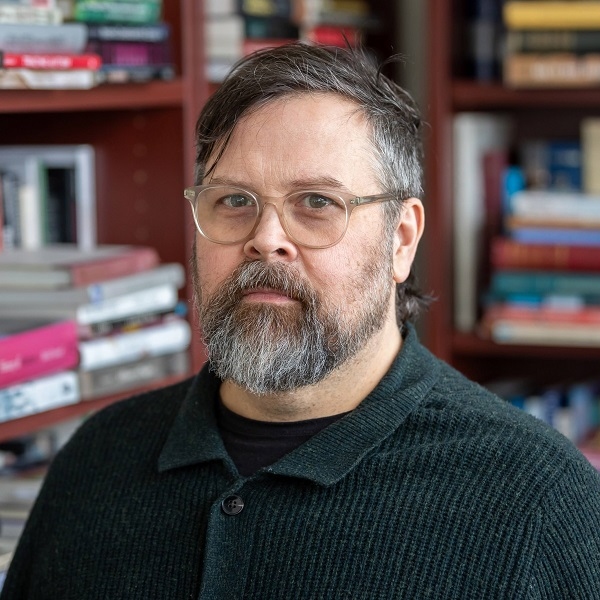A new product heralded as a game changer in the diagnosis of concussions owes its existence to lab work done by Henrietta “Mimi” Galiana, BEng’66, MEng’68, PhD’81, over more than 30 years. It began when the biomedical engineering professor was a McGill PhD student studying the eye movements of astronauts who had returned from zero-gravity missions.
The eyes may be the windows of the soul but, for Galiana, they’re a window into our physiology. “They reflect everything that’s affecting you, what you’re seeing, what you’re feeling.” Eye movements shed light on changes that can take place in the brain after steep nosedives or extended periods in orbit. Hence their expected relevance now in a person’s status after experiencing a concussion.
It was a logical next step for Galiana to look at the eye movements during various ocular reflexes, and develop novel data analysis to extract information. Brain trauma, she would later learn, presents itself through such things as the misalignment of the eyes and slower vestibular or pursuit reflexes.
Galiana says that even video, with its 30 frames per second, cannot fully capture the quickness of eye movement. “That was always a frustration. You felt that the technology hadn’t caught up to what you needed to make the proper diagnosis.”
The software technology she dreamt of did not exist. And so her company, Saccade Analytics, developed it when appropriately fast eye-head tracking became available in a mobile format.
The resulting product, InSight™, combines portable, lightweight virtual reality (VR) goggles with cloud technology to help health care professionals accurately diagnose anomalies in eye reflexes that appear after concussions and other traumatic brain injuries within as little as 10 minutes. Patients don the goggles and submit to a five-minute eye test, the results of which can be uploaded to the cloud for immediate analysis. Since winning regulatory approval from Health Canada, InSight™ has undergone testing at numerous health sites, including the Montreal Children’s Hospital.

Saccade took the top spot in the health sciences track at the Dobson Cup challenge in 2017. In May 2018, Saccade took the first-place Hakim Family Prize for Clinical Innovation as part of the inaugural McGill Clinical Innovation Competition (CLIC) at the McGill Faculty of Medicine.
The start-up is a family affair. Mimi is chief scientific officer, daughter Isabel, a former doctoral student at McGill, is CEO and husband Francisco, BEng’66, a retired McGill professor of electrical engineering, is research & development lead, with family friend Jorin Mamen, BEng’03, MEng’06, handling regulatory affairs. At a recent launch party for the product, where guests had an opportunity to try out the new technology, three of Mimi and Francisco’s grandchildren were serving refreshments.
Samuel Collins, BEng’17, who is product lead and responsible for Saccade’s marketing and sales, says the Hakim prize provided them with the means to hire a company to translate the test results into downloadable and accessible information for health professionals. “The CLIC funding came in when we were pushing for a proper cloud-based solution.” That not only enabled them to launch at a further stage of development, but it also made them less of a high-risk venture for investors.
Thanks to the cloud, a physical therapist on the sidelines of a soccer pitch or a physician in an emergency room can call up near-immediate results on a web dashboard.
It’s that type of practical solution, this one being for a pervasive condition like head trauma, that most impressed Raymond Hakim, MDCM’76. He provided the funding for the first- and second-prize winners, and sat on the jury that awarded the highest score to InSight™.
A clinical professor of nephrology at Vanderbilt University in Nashville, Hakim is heartened that the InSight™ inventors are using the prize money to continue to develop the product, which aligns with his hopes for an innovation prize like this. “Instead of developing it in the U.S., they are developing it and pursuing it while they are still part of McGill,” says Hakim, who’s hoping that other alumni will join him in increasing the funding for future CLIC prizes.


